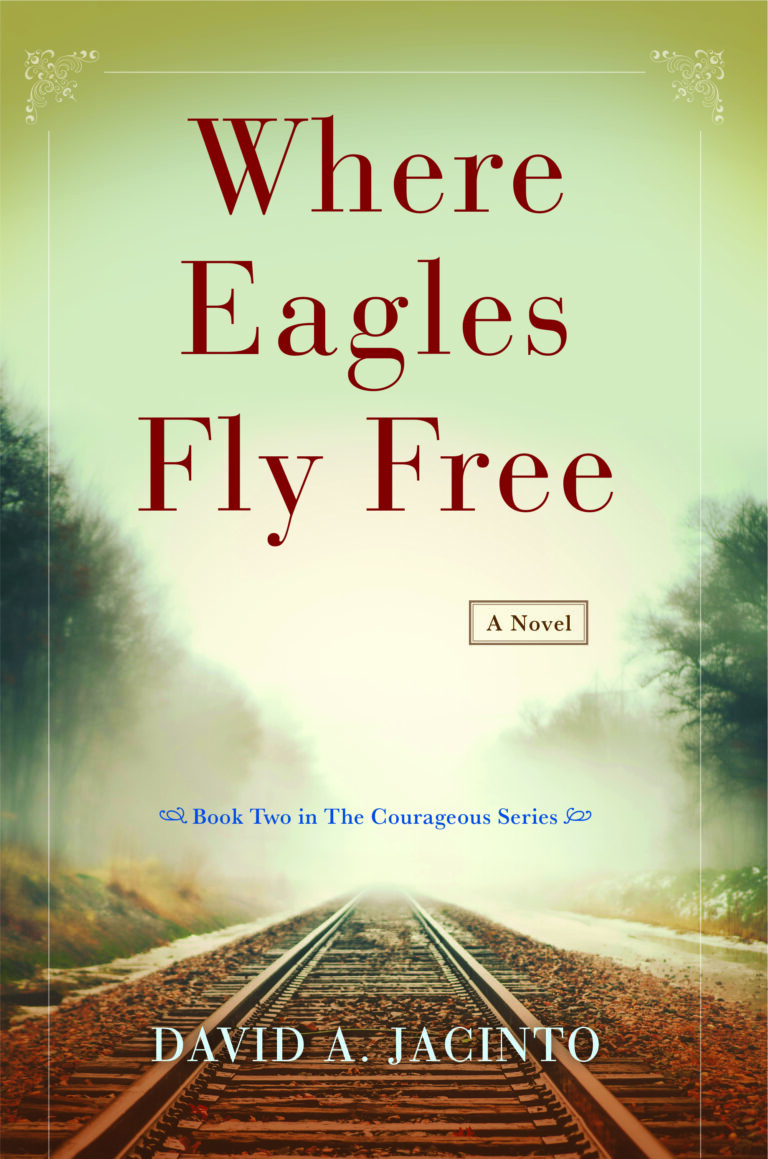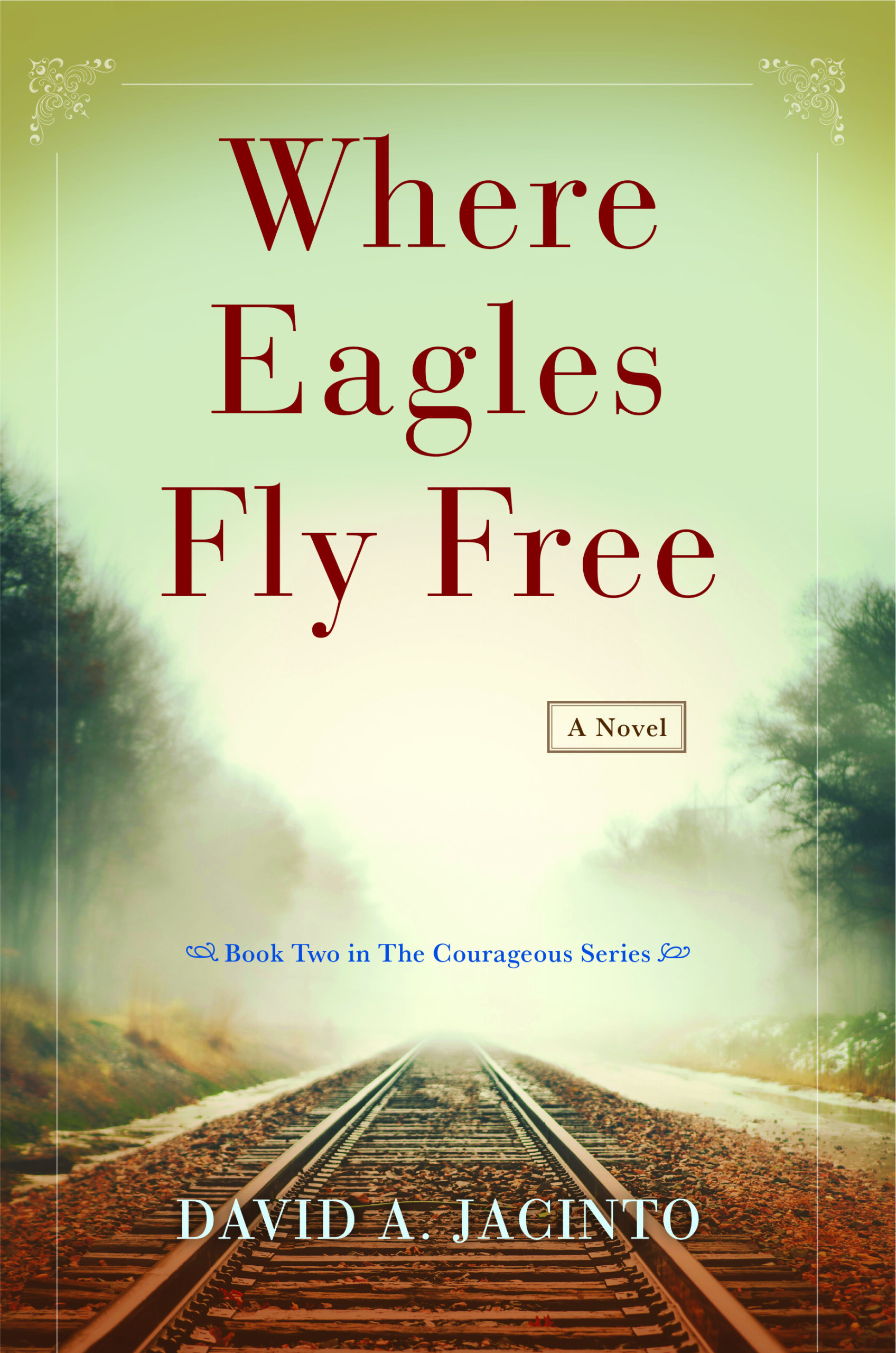Some stories don’t just entertain; they carry the weight of history, bringing the past to life with vivid details and raw emotion. WHERE EAGLES FLY FREE, the second book in David A. Jacinto’s Courageous Series, does exactly that. A historical fiction novel grounded in real events, it captures the grit, sacrifice, and hope that defined America’s immigrant foundation. While part of a series, this book stands firmly on its own, which makes it easy to understand even for those who haven’t read the first installment (Out of the Darkness).
Set in the 1860s, the novel follows Thomas Wright (a coal miner and engineer from England) as he embarks on a perilous journey across the Atlantic with his wife, Annie, and a good number of their family. Their destination? California—the land of opportunity, where they dream of building a life untainted by the greedy and uncaring aristocratic system of England.
As expected, the journey to the land of milk and honey doesn’t go without tragedies, which claim the lives of some family and friends along the way. Upon arrival in California, Tom and Annie realize their struggles are far from over.
Tom soon finds himself at the heart of one of the most ambitious projects in American history: the construction of the transcontinental railroad, a feat that will shape the nation’s future as a world leader. However, when certain politicians and wealthy elites refuse to pay the workers their rightful wages, Tom must choose between securing his family’s future in America or standing up for those who risk everything to build a new life.
Through Tom’s experiences, the novel digs deep into powerful themes—including ambition, resilience, faith, family, courage, hope, love, and strength. His journey reflects the challenges faced by countless immigrants who risked everything for a chance at a better life. While it highlights the hardships of immigration, the story also honors the sacrifices of these immigrants that helped shape America. Tom’s struggles, alongside those of his family, embody the broader immigrant experience—one marked by hope and hardship, triumph and loss. His story is about the pursuit of a better future, not just for himself but for generations to come: “Annie, I may be a coal miner and you a butcher’s helper, but in America, where anything is possible, someday our children can become wealthy engineers or builders in a city like this one. So, our grandchildren can become . . . sculptors, painters, or musicians.”
Jacinto’s writing is immersive and strikes a good balance between meticulous historical research and engaging storytelling. He paints a vivid, often harsh picture of 19th-century America while allowing his characters to shine with authenticity. The novel is largely accurate, with some liberties taken to fit the timeline and plot of the story. It educates as much as it entertains with an extensive history breakdown in the author’s note at the end of the novel, making it an excellent choice for those interested in an important part of American history.
Beyond its historical depth, WHERE EAGLES FLY FREE also delivers a beautiful love story between Tom and Annie. Their relationship adds a heartwarming touch to the story, proving that love and family can be a source of strength even in the harshest and most difficult times.
Through a creative retelling of history, David A. Jacinto’s WHERE EAGLES FLY FREE is a gripping tale that signifies courage, love, and the unbreakable spirit of those who dared to dream beyond the shores of their homeland.
~Tomi Alo for IndieReader


